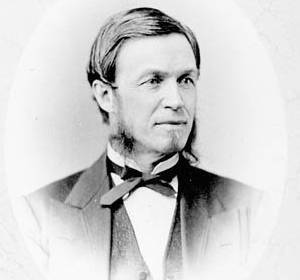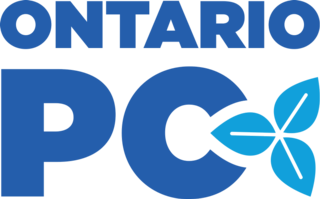
The Progressive Conservative Party of Ontario, often shortened to Ontario PC Party, PC, or Conservatives, is a centre-right political party in Ontario, Canada. The party has been led by Premier Doug Ford since March 10, 2018.

The Ontario New Democratic Party is a social-democratic political party in Ontario, Canada. The Ontario NDP, led by Andrea Horwath since March 2009, currently forms the Official Opposition in Ontario following the 2018 general election. It is a provincial section of the federal New Democratic Party. It was formed in October 1961 from the Co-operative Commonwealth Federation and the Ontario Federation of Labour (OFL).

The Canadian federal election of 1921 was held on December 6, 1921, to elect members of the House of Commons of Canada of the 14th Parliament of Canada. The Union government that had governed Canada through the First World War was defeated, and replaced by a Liberal government under the young leader William Lyon Mackenzie King. A new third party, the Progressive Party, won the second most seats in the election.

The Canadian federal election of 1867, held from August 7 to September 20, was the first election for the new nation of Canada. It was held to elect members to the House of Commons of Canada, representing electoral districts in the provinces of Nova Scotia, New Brunswick, Ontario and Quebec in the 1st Parliament of Canada. The provinces of Manitoba (1870) and British Columbia (1871) were created during the term of the 1st Parliament of Canada and were not part of the Canadian federal election of 1867.
The New Reform Party of Ontario was a minor provincial political party in Ontario, Canada, that promoted a populist, fiscally conservative, socially conservative, libertarian, and localist ideology.

The 1980 Canadian federal election was held on February 18, 1980, to elect members of the House of Commons of Canada of the 32nd Parliament of Canada. It was called when the minority Progressive Conservative government led by Prime Minister Joe Clark was defeated in the Commons.
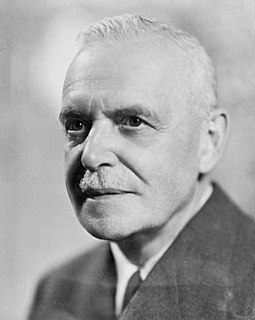
The Canadian federal election of 1949 was held on June 27 to elect members of the House of Commons of Canada of the 21st Parliament of Canada. It was the first election in Canada in almost thirty years in which the Liberal Party of Canada was not led by William Lyon Mackenzie King. King had retired in 1948, and was replaced as Liberal leader and Prime Minister by Louis St. Laurent. It was also the first federal election with Newfoundland voting, having joined Canada in March of that year, and the first election since 1904 in which the parts of the Northwest Territories were granted representation. The Liberal Party was re-elected with its fourth consecutive government, winning just under 50% of the vote. This victory was the largest majority in Canadian history to that point and remains, by any measure, the largest-ever majority won by the Liberal Party. As of 2017, it remains the third largest majority government in Canadian history.

The Canadian federal election of 1953 was held on August 10 to elect members of the House of Commons of Canada of the 22nd Parliament of Canada. Prime Minister Louis St. Laurent led his Liberal Party of Canada to its fifth consecutive majority government, although the party lost seats to the other parties.

The Ontario general election of 1995 was held on June 8, 1995, to elect members of the 36th Legislative Assembly of the province of Ontario, Canada. The writs for the election were dropped on April 28, 1995.
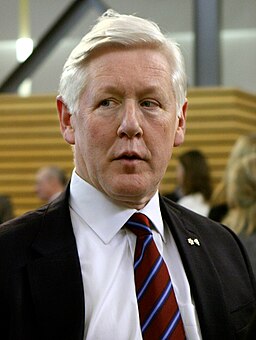
The Ontario general election of 1990 was held on September 6, 1990, to elect members of the 35th Legislative Assembly of the province of Ontario, Canada.
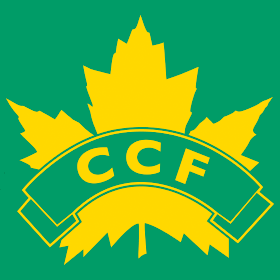
The Co-operative Commonwealth Federation – The Farmer-Labor Party of Ontario, or more commonly known as the Ontario CCF, was a democratic socialist provincial political party in Ontario that existed from 1932 to 1961. It was the provincial wing of the federal Co-operative Commonwealth Federation (CCF). The party had no leader in the beginning, and was governed by a provincial council and executive. The party's first Member of the Legislative Assembly (MLA) was elected by voters in the 1934 Ontario general election. In the 1937 general election, no CCF members were elected to the Ontario Legislature. In 1942, the party elected Toronto lawyer Ted Jolliffe as its first leader. He led the party to within a few seats of forming the government in the 1943 general election; instead, it formed the Official Opposition. In that election, the first two women were elected to the Ontario Legislature as CCFers: Agnes Macphail and Rae Luckock. The 1945 election was a setback, as the party lost most of its seats in the Legislature, including Jolliffe's seat. The party again became the Official Opposition after the 1948 general election, and defeated the Conservative premier George Drew in his seat, when Bill Temple unexpectedly won in the High Park constituency. The middle and late 1940s were the peak years for the Ontario CCF. After that time, its electoral performances were dismal, as it was reduced to a rump of two seats in the 1951 election, three seats in the 1955 election, and five seats in the 1959 election. Jolliffe stepped down as leader in 1953, and was replaced by Donald C. MacDonald.

The Ontario general election of 1951 was held on November 22, 1951, to elect the 90 members of the 24th Legislative Assembly of Ontario of the Province of Ontario, Canada.
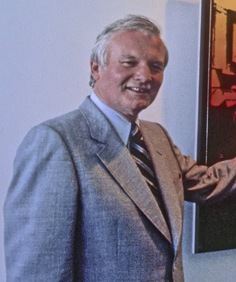
The Ontario general election of 1971 was held on October 21, 1971, to elect the 117 members of the 29th Legislative Assembly of Ontario of the Province of Ontario, Canada.

The Ontario general election of 1943 was held on August 4, 1943, to elect the 90 Members of the 21st Legislative Assembly of Ontario of the Province of Ontario, Canada.

The Ontario general election, 1867 was the first general election held in the newly created Province of Ontario, Canada. Previously, the territory was known as Canada West, a part of the Province of Canada. The election was held on September 3, 1867, to elect the 82 members of the 1st Legislative Assembly (MLAs). The dates of the election in 1867 varied from August 20 to September 26.

The Ontario general election, 1886 was the sixth general election held in the Province of Ontario, Canada. It was held on December 28, 1886, to elect the 90 Members of the 6th Legislative Assembly of Ontario ("MLAs").

The Ontario general election, 1890 was the seventh general election held in the Province of Ontario, Canada. It was held on June 5, 1890, to elect the 91 Members of the 7th Legislative Assembly of Ontario ("MLAs").

The Ontario general election, 1919 was the 15th general election held in the Province of Ontario, Canada. It was held on October 20, 1919, to elect the 111 Members of the 15th Legislative Assembly of Ontario ("MLAs").
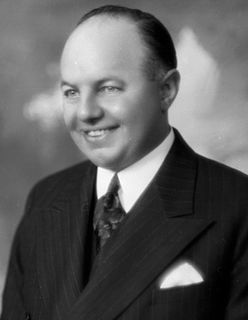
The Ontario general election, 1937 was held on October 6, 1937, to elect the 90 Members of the 20th Legislative Assembly of Ontario ("MLAs"). It was the 20th general election held in the Province of Ontario, Canada.

An Ontario general election was held on June 3, 1999, to elect members of the 37th Legislative Assembly of the Province of Ontario, Canada.


